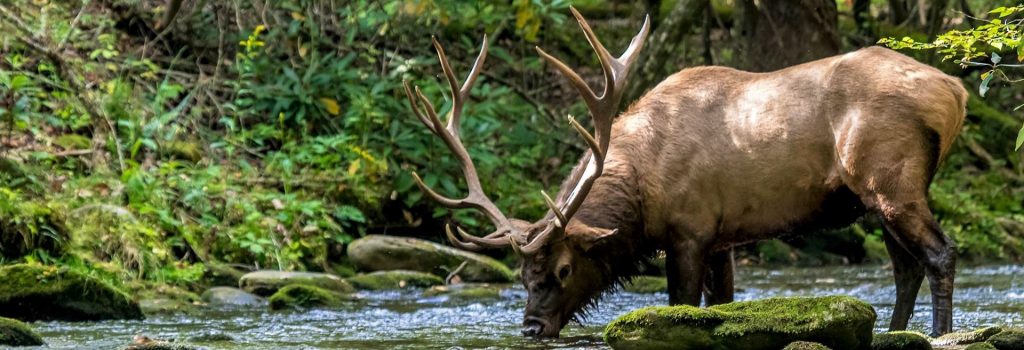A trailing suction dredger (TSD) is a specialized vessel designed for dredging operations, primarily used to excavate material from underwater areas and transport it to designated disposal sites. It operates by trailing a suction pipe along the seabed or riverbed to collect sediments, which are then stored in an onboard tank, also known as a hopper. This type of dredger is especially suitable for working in coastal ports, wide rivers, ship berthing areas, and other locations where maintaining navigable waterways is crucial.
Key Features and Capabilities
The size of a trailing suction dredger is generally determined by the capacity of its mud tank, typically ranging from 500 to 1000 cubic meters (m³). This capacity makes it ideal for medium- to large-scale dredging projects, especially in environments where loose or harder soils need to be excavated. The dredger is equipped with one or more suction pipes, usually fitted with drag heads, which loosen the sediment on the bottom. These drag heads can be designed to handle various types of materials, from soft silts and sands to more cohesive or harder soils.
One of the most important advantages of trailing suction dredgers is their mobility. Unlike stationary dredgers, TSDs can continuously move while dredging, increasing efficiency. This mobility makes them particularly effective for maintaining large stretches of waterways and for projects that require a quick response to shifting sedimentation patterns.
Applications of Trailing Suction Dredgers
Trailing suction dredgers are versatile and can be employed in a range of dredging projects. Some of the most common applications include:
- Port and Harbor Maintenance: These dredgers are frequently used to maintain the depth of coastal ports and harbors by removing accumulated silt and debris, ensuring safe navigation for vessels of various sizes.
- River Dredging: TSDs are ideal for wide river dredging where sedimentation can impede the flow of water and the safe passage of ships. Their ability to dredge continuously makes them efficient for long stretches of riverbanks.
- Land Reclamation: In coastal areas, trailing suction dredgers are often used to collect sand and sediment to create new land or restore eroded shorelines. This is especially critical for urban expansion or beach nourishment projects.
- Ship Berthing Areas: TSDs can efficiently clear ship berths, allowing larger vessels to dock safely and improving port capacity.
How Trailing Suction Dredgers Operate
The operation of a trailing suction dredger is a seamless process involving several stages:
- Suction: The drag head is lowered to the seabed, and a powerful pump creates suction that draws in sediment through the pipe.
- Transport: The collected material is transported via the suction pipe into the onboard hopper.
- Storage: Once in the hopper, the dredged material can either be stored temporarily or pumped directly to a disposal site.
- Disposal: When the hopper reaches its capacity, the dredger either sails to a designated dumping area where the material is released, or it pumps the material to land for reclamation or other uses.
Conclusion
Trailing suction dredgers are an integral part of the dredging industry, offering efficient and flexible solutions for maintaining waterways, ports, and rivers. With their ability to handle both loose and harder soils, trailing hopper suction dredger are a versatile choice for a wide range of applications, ensuring smooth navigation and supporting coastal development projects. Their mobile design and large capacity make them a preferred option for many large-scale dredging operations across the globe.

